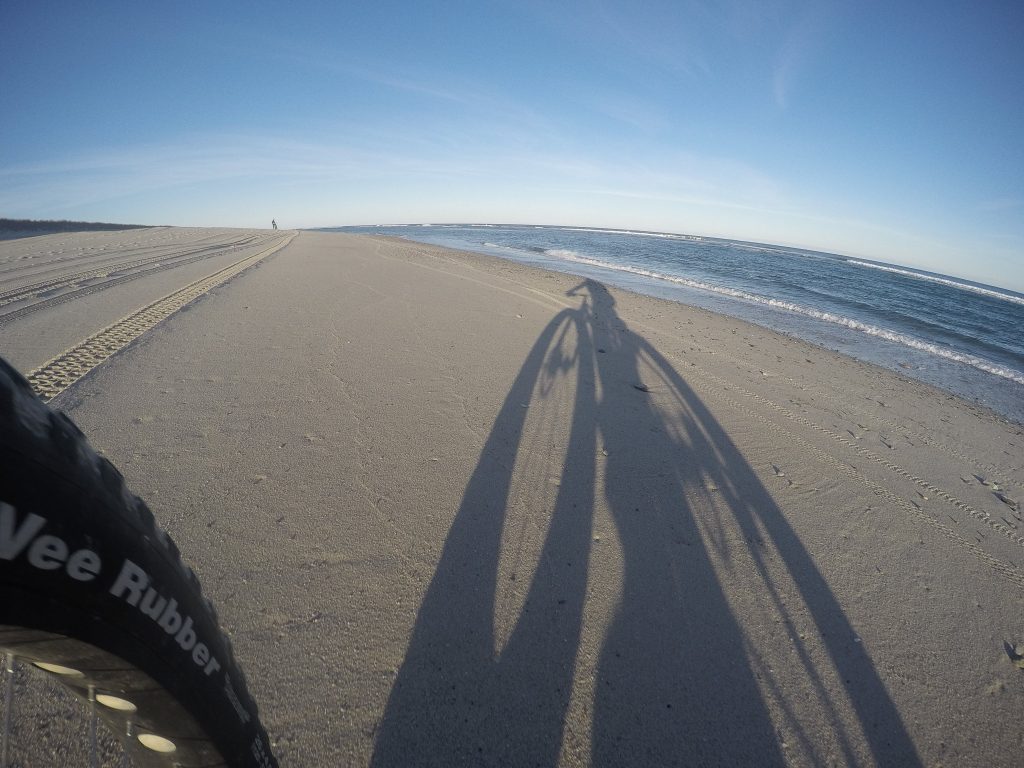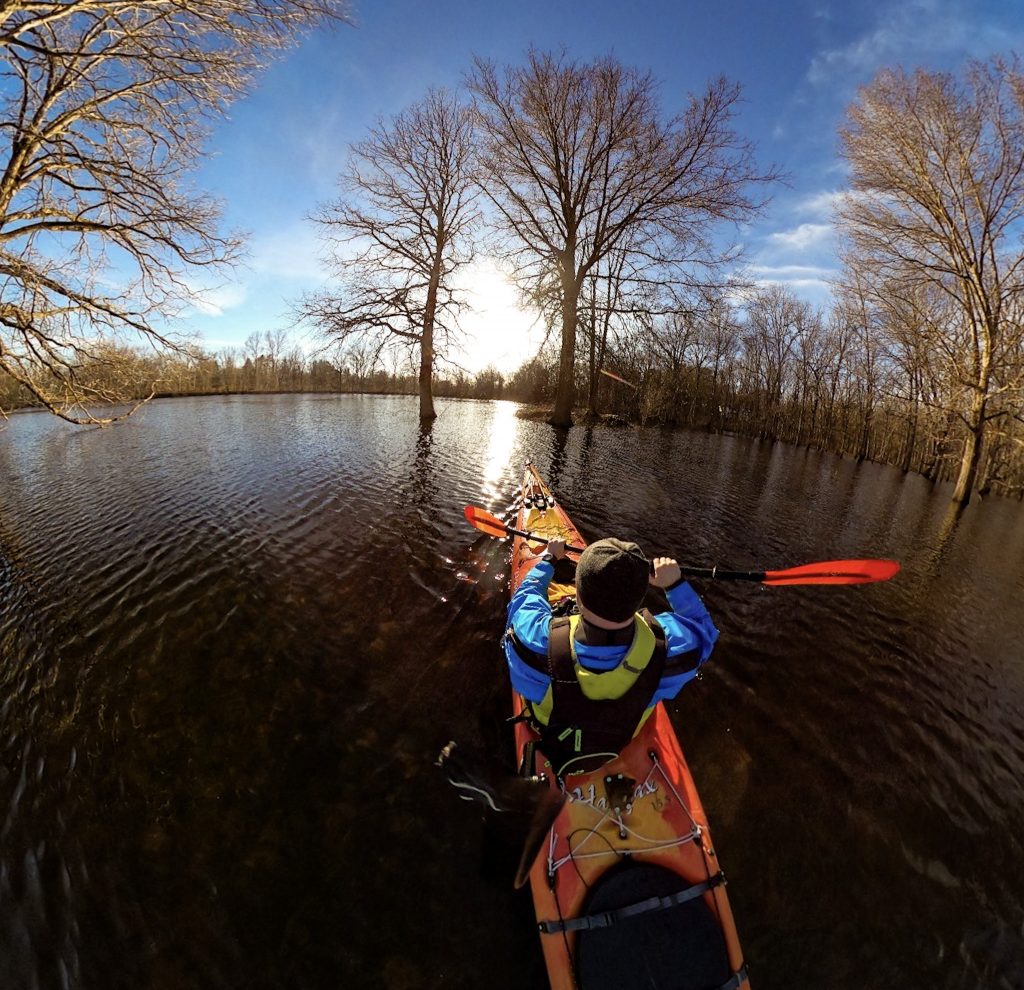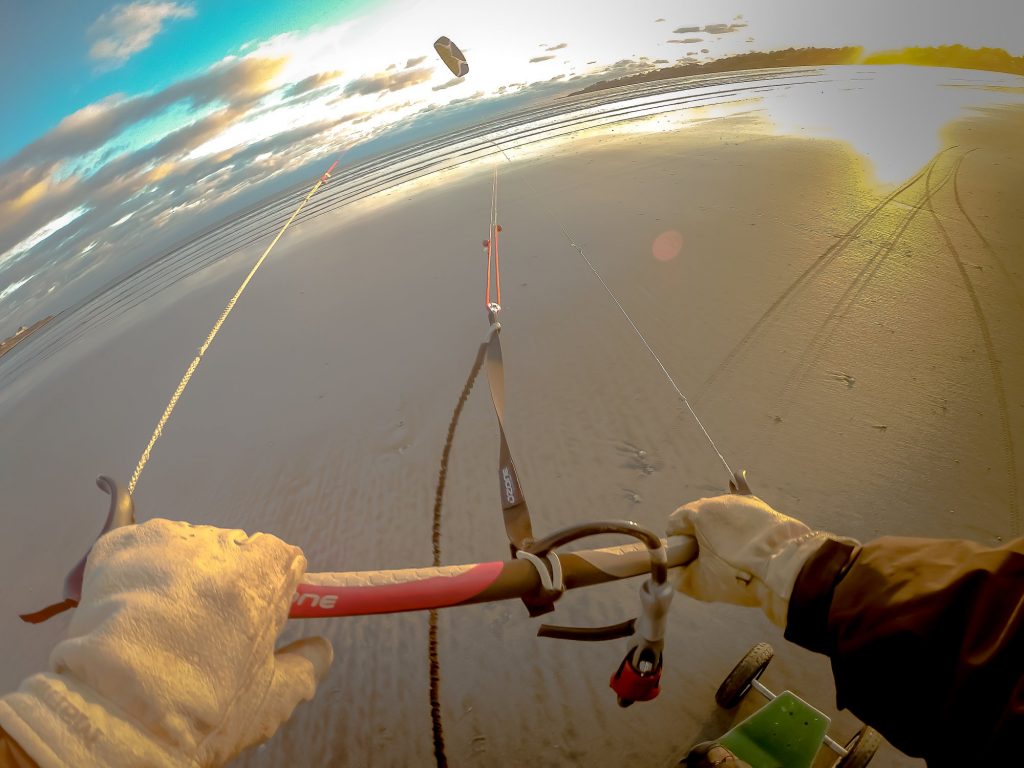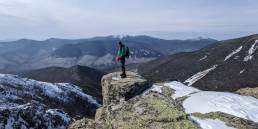Mud season is a tricky time for outdoor lovers. Ski season is winding down, with many ski slopes featuring more dirt than snow. Conversely, many trail systems are still wet and a few weeks away from being ready for tires and feet. However, those in and around the Boston area can still get their outdoor fix with these five things to do in the Boston area during mud season.
5 Things To Do in the Boston Area During Mud Season

1. Fat Bike on Sandy Neck
While the trails may need another few weeks to dry out, mud season is the perfect time to fat bike Sandy Neck in Barnstable on Cape Cod. The hordes of summer tourists have yet to start flooding across the bridges to the Cape, making it an easy hour-ish drive from the city. The 4.5-mile ORV corridor is open to bikes (along with the Marsh Trail and marked cross trails), and no permit or parking pass is required between Labor Day and Memorial Day—that’s a much better price than the summer, when it costs $25 a day to park in the public (Bodfish) lot.
If you’re planning to tick fat biking Sandy Neck off your mud season bucket list, remember to pack an extra layer, as it can be 10 degrees colder on the coast than it is inland. You’ll also want to bring some bug spray. The mosquitos are a few months away, but now is the time for ticks. Conditions and rider will in part determine air pressure, but I’ve found that setting my fat bike tires to about 4 psi is a safe bet for whatever type of surface I end up on.
Remember to take your camera. Sandy Neck is gorgeous this time of year!

2. Kayak French Meadow in Concord
French Meadow, located off Nashawtuck Road in Concord, offers an incredibly unique paddling experience. In the spring, the Concord River floods the meadow and provides the opportunity to kayak among the trees. The biggest challenge of this awesome on-water experience is the timing—the season is limited and the paddling is at its best in the early spring when snow melt or heavy rain results in the river overflowing its banks.
Keep in mind that the water is still cold, so plan like you’re going out for a winter paddle. Dress like you’ll get wet and wear a dry suit with appropriate layers underneath it (that means no cotton). On your boat or stand-up paddle board, have a dry bag with an extra layer, first-aid kit, and extra gear. Also, pack your phone in a waterproof case that floats. And don’t forget your PFD; Massachusetts requires paddlers to wear one between September 15 and May 15.
Lastly, I always recommend that early-season paddlers stash a change of clothes in their car. You’ll inevitably get wet, and having something warm and dry to drive home in is a small, yet welcome, luxury.

3. Beach Kite or Landboard at Nantasket Beach
Nantasket Beach in Hull has a reputation as being one of the best beaches in Massachusetts. In the summer, everyone from sunbathers to surfers flock to Natasket’s long, sandy shore. Because the beach is close enough to Boston that you can see the city skyline, the summertime competition for things like places to park and spots to lay down a beach towel is intense. However, in the spring—before the arrival of summer beachgoers, and while the water is too cold to kite surf or wind foil—Nantasket’s miles of flat sandy beach are ideal for beach kiting or landboarding.
The best time to go is at low tide when the wind is blowing from the northeast or southwest—pro tip: download a tide tracker app to your phone (Android/Apple). A four-line power kite between three to four meters has proven to provide enough power for pulling a mountainboard (kind of like an off-road skateboard with bindings). Make sure to wear a helmet and pads and before blasting off, check that it’s safe to kite; that is, there are no powerlines, people, or other obstructions to worry about.

4 Rock Climb at Quincy Quarries
Just a few miles south of Boston is New England’s classic urban crag, Quincy Quarries. The Qs (as locals often call it) offer something for everyone from new to seasoned climbers, but one universally appealing aspect is its quick-drying walls that offer warm rock when many northern crags are still hidden under snow and ice. In fact, many of the Quarries’ best climbs are found on south-facing walls, so even on chilly days you can rope up in the sun.
Most of the climbing at Quincy Quarries is single pitch and it’s most common to see climbers top roping. A 50- to 75-foot static line and a few locking carabiners make building anchors a breeze. Wearing approach shoes is advisable, as they add security while scrambling around the tops of the walls to set up ropes. Despite the Qs’ warm reputation, pack a puffy, winter hat, and gloves—it gets cold quickly when the sun starts to set or drops behind a wall.

5. Stand-Up Paddleboard Waban Arches
High water levels can make mud season a drag for outdoor users like hikers and mountain bikers, but are a blessing for paddlers, allowing access to areas often unreachable at other times of the year—for example, Waban Arches, a roughly 150-year-old aqueduct that was part of the Sudbury Aqueduct system linking Farm Pond in Framingham to Chestnut Hill Reservoir. Listed on the National Register of Historic Places, paddlers can reach this outstanding area via a moderate paddle from the launch at Elm Bank Reservation—following the Charles River downriver (east, for the directionally challenged) for roughly a mile and bearing left when the river splits, leaving the river in favor of Waban Brook.
Once again, treat this outing as if it were a winter paddle and dress appropriately with a dry suit and lots of layers. Make sure to wear a PFD, it’s the law. In addition to packing a set of dry clothes to change into at the end of the paddle, the truly adventurous will want to add some climbing gear to their kit—Waban Arches are one of the more obscure crags in eastern Massachusetts and offer routes that are easy to set up and hard to send.
Mud Season in the Boston Area
Although mud season can put a damper on many favorite outdoor activities in and around Boston, it also offers a chance to explore areas that you might otherwise avoid due to crowds or distance. In other words, mud season isn’t an end to adventuring, it’s a beginning.
Luke Foley
Luke Foley is passionate about discovering and sharing hidden local treasures and has long been a New England adventure enthusiast. After all, there are only a few places where you can skin for fresh tracks in the morning and have a sunset surf session on the same day.
Related Posts
April 12, 2024
Explore Like a Local: The Outdoor Mecca of North Conway, NH
There's a lot to love about this New…




